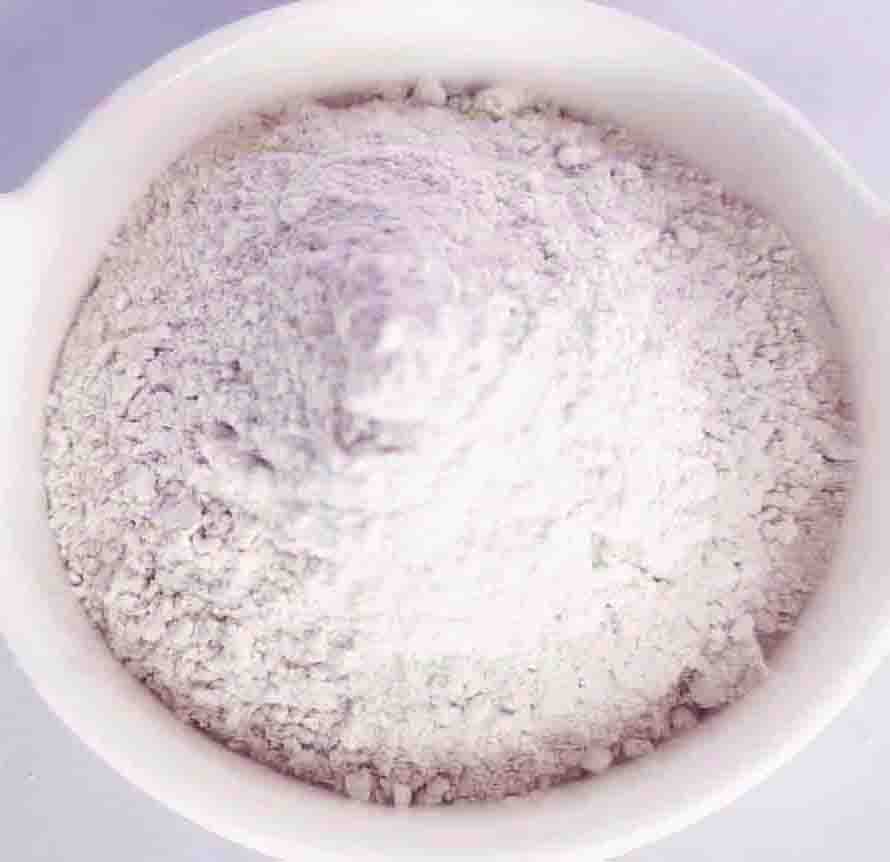Glass Beads for Paint
Glass Beads
Glass Beads for Paint, Mainly because he utilized the reflective properties and low density of glass microspheres to be widely used in road markings.It is also widely used in decoration.
Traditionally employed on highway lines and street signs, reflective glass beads offer two primary application methods: they can be mixed directly into the paint or sprinkled onto its surface. These beads exhibit versatility, as they are compatible with a range of paint types, such as water-based, oil-based, alkyd coatings, hydrocarbon thermoplastic and epoxies.
Under the context of traffic paint, the incorporation of reflective glass beads stands out as a straightforward and economically viable strategy to augment the visibility of pavements. By leveraging the light-reflecting properties of these beads, road markings become more conspicuous, thereby contributing to overall road safety and improved driver awareness.
What is the Purpose of Glass Beads for Paint?
The incorporation of glass beads for paint serves as an enhancing the nighttime visibility of Glass Beads for Paint. Reflective glass beads are available in 2mm glass beads, 4mm glass beads, 6mm glass beads, 8mm glass beads, 10mm glass beads and 14mm glass beads are integral to the process of line striping, a practice commonly used for road markings and signage.
The fundamental principle underlying the use of glass beads is their ability to reflect light. When light from vehicles’ headlights or other light sources falls upon the painted lines containing these glass beads, the beads act as reflective surfaces, redirecting the light back toward its source. This phenomenon significantly enhances the visibility of the painted lines, making them substantially more noticeable during nighttime conditions.
Considering the critical role that road markings play in guiding drivers and ensuring road safety, the utilization of reflective glass beads becomes useful. Using glass beads can effectively amplify the visibility of painted lines in low-light situations, these beads contribute to minimizing the risks associated with nighttime driving.
How Do You Add Glass Beads for Paint?
Incorporating glass beads for paint involves a straightforward process that can be executed in a couple of ways. One approach is the manual application method, where the glass beads are manually dispersed onto the fresh paint. It’s important to ensure that the Glass Beads for Paint is still wet during this step, as the wetness facilitates the adhesion of the beads to the surface.
When opting for manual application, a common technique involves using a container with holes. The worker shakes the container to evenly distribute the glass beads for painted line. This method demands a higher level of attention to local conditions to achieve a consistently high-quality finish.
Glass Beads for Paint
An alternative, more automated method involves utilizing a specialized machine designed for line painting. Many line painting machines come equipped with an automatic reflective bead application feature. This automated process not only applies the paint but also uniformly distributes the glass beads onto the paint’s surface.
This uniform distribution is crucial in ensuring consistent reflectivity across the painted lines, contributing to enhanced visibility during nighttime or low-light conditions. The machine-based approach streamlines the application process and reduces the reliance on manual labor, making it a preferred option for achieving efficient and standardized results.
What are the Benefits of Glass Bead Blasting?
Glass bead blasting has the ability to produce a uniform finish on the surfaces of components. The spherical nature of the glass beads contributes to even coverage, ensuring that the entire surface is treated consistently. These are few advantages of utilizing glass bead blasting:
Safe OF Glass Beads for Paint
Unlike certain other abrasive materials, glass beads used in blasting do not contain hazardous components that can pose health risks to workers or release harmful substances into the surrounding environment. This aspect aligns well with environmentally conscious practices and regulatory standards aimed at safeguarding both human health and ecological integrity.
The absence of harmful components in glass bead abrasives results in a cleaner and healthier working environment for operators. The reduction in the generation of airborne particulates and the associated health hazards contributes to improved workplace conditions and reduced health concerns for those involved in the blasting process.
Can be Reused
The reusability of glass beads represents a significant cost-saving aspect in abrasive blasting operations. Unlike certain abrasive materials that degrade quickly after a single use, glass beads retain their structural integrity and effectiveness even after being employed for blasting. This characteristic allows operators to recycle and reintroduce the same glass beads for multiple blasting cycles before needing to replace them.
The financial benefits of reusability are twofold. Firstly, it diminishes the need for frequent replenishment of abrasive materials, which translates to reduced material procurement costs for businesses. Secondly, the decreased frequency of material disposal alleviates the associated disposal costs, contributing to overall operational savings.
No Silica
Silica is often used in various abrasive materials. However, when these materials are subjected to processes like blasting, grinding, or cutting, they can release fine silica dust into the air. Inhaling this dust can lead to serious health concerns, particularly respiratory issues like silicosis—a lung disease caused by the accumulation of silica particles in the lungs over time.
The absence of free silica in glass impact beads is a critical feature that addresses these health concerns. When glass beads are used for blasting or other applications, they do not release harmful silica dust into the environment. This ensures a safer working environment for operators and reduces the risk of respiratory problems associated with exposure to silica particles.
No Residual Contaminants
When glass bead blasting is employed in the preparation of surfaces for painting, the chemically inert nature of glass beads becomes an asset. Unlike certain abrasive materials that might introduce foreign particles or contaminants onto the surface, glass beads maintain their inert characteristics. This means that they do not react chemically with the substrate or leave behind any ferrous or residual contaminants that could potentially interfere with the adhesion and durability of the paint.
Better Surface Finish
When glass bead blasting is employed as a surface preparation method before applying paint or coatings, it imparts a unique texture and appearance to the substrate. The high-velocity impact of the glass beads on the surface creates a microscopically textured finish characterized by its matte quality.
The matte finish achieved through glass bead blasting offers practical benefits in terms of hiding surface imperfections. By diffusing light and minimizing reflections, the matte surface helps to mask minor scratches, blemishes, and inconsistencies that might be present on the substrate. This enhances the overall visual appeal of the finished product and contributes to a polished and flawless appearance.
Cleans Easily
Glass bead blasting is recognized for its ability to achieve this thorough cleaning while minimizing the removal of the base metal. Unlike more aggressive abrasive methods, such as sandblasting, which can result in significant material loss, glass bead blasting strikes a balance between effective cleaning and gentle treatment. This helps for preserving the structural integrity, dimensional accuracy, and surface finish of metal substrates.Glass Beads for Paint.
Industries that require the meticulous cleaning of metal surfaces prior to painting or coating, such as automotive manufacturing, aerospace, and industrial equipment production, benefit significantly from the controlled cleaning properties of glass bead blasting. By removing contaminants without excessive metal removal, glass bead blasting ensures that the substrate remains intact, minimizing the need for subsequent repairs and rework.
This gentler approach reduces the risk of inducing heat or stress-related damage to the metal, which can occur with more aggressive methods. The controlled cleaning provided by glass bead blasting contributes to the overall quality and longevity of the finished paint or coating application.
Clean Surface Finish on Metal
Glass bead blasting entails propelling spherical glass beads at high velocity onto the surface of metal components. The controlled impact of these beads removes surface contaminants, such as rust, old paint, scale, and dirt, effectively revealing the clean underlying metal. This process achieves a uniform and controlled level of cleaning, ensuring that the surface is well-prepared for subsequent paint or coating adhesion.
The controlled finish provided by glass bead blasting is particularly advantageous when dealing with a variety of metal types, each with its unique characteristics and sensitivities. Whether it’s steel, aluminum, brass, or other alloys, glass bead blasting can be tailored to deliver a consistent and controlled surface finish that meets the specific requirements of the material.
Conclusion
In conclusion, the utilization of Glass Beads for Paint applications holds significant advantages, particularly in the domain of road marking and surface preparation. Reflective glass beads enhance daytime road luminance, thereby contributing to heightened driver awareness and overall road safety. Their adaptable nature allows them to be incorporated into various types of paints, including water-based, oil-based, alkyd coatings, hydrocarbon thermoplastic, and epoxies, making them a versatile choice for improving visibility on different surfaces.
The purpose of incorporating glass beads into paint lies in their capacity to enhance nighttime visibility. Through their reflective properties, glass beads redirect incident light, significantly augmenting the visibility of painted lines during low-light conditions. This proves crucial in road safety by minimizing risks associated with driving at night. The addition of Glass Beads for Paint can be accomplished through manual application, where beads are dispersed onto wet Glass Beads for Paint, or automated methods that ensure uniform distribution for consistent reflectivity. The latter approach, often facilitated by specialized line painting machines, offers efficiency and standardized results.
Glass Beads for Paint


